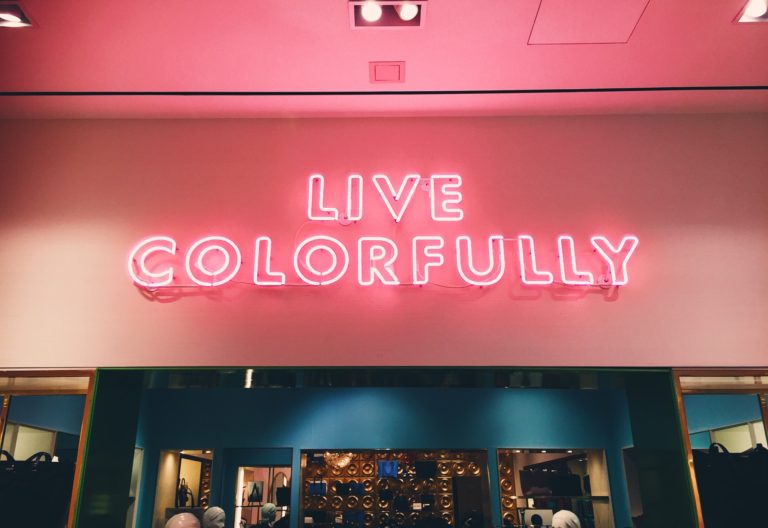What is a Blue Zone? Blue Zones are geographic regions where humans live longer than average.
Blue Zones were first discovered by National Geographic writer Dan Buettner when he explored the world looking for regions of people that live longer than expected whilst also having low levels of chronic disease such as heart disease.
What secrets do the people in Blue Zones do differently to achieve such amazing longevity?
What are the 5 Blue Zones?
The Blue Zones are areas in the world that are dominated by a population that lives the longest statistically.
These are the Sardinian Islands (Italy), Okinawa (Japan), the Nicoya Island (Costa Rico), Loma Linda (California), and Ikaria (Greece).
Sardinia, Italy
The Blue Zone of Sardinia is in the mountainous area of the island where the inhabitants have easy access to fresh ingredients within a short walk.
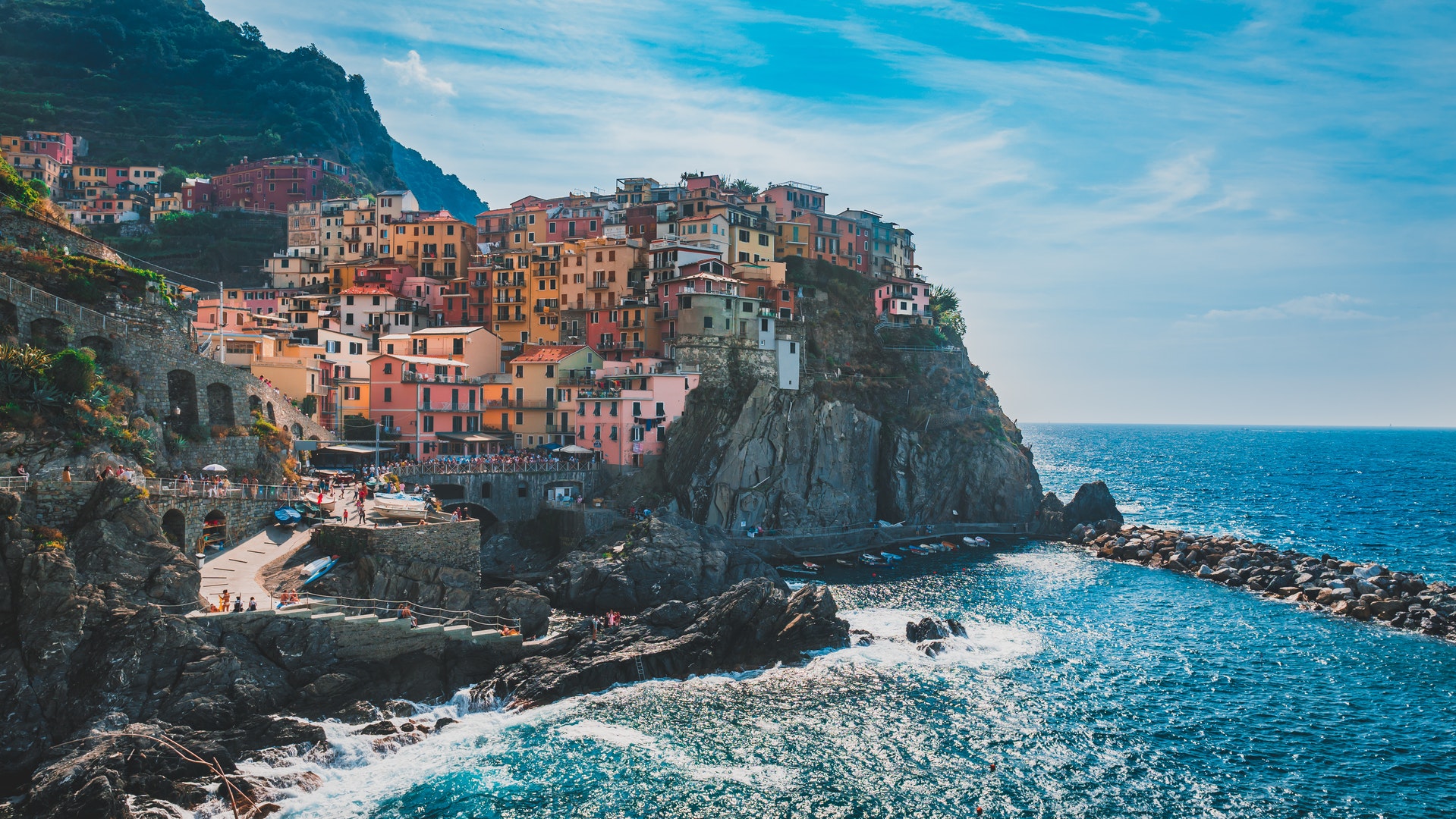
The diet here is based on sheep’s milk products, whole wheat bread, beans, and veggies. The Mediterranean Diet here includes a lot of whole grains, olive oil, and nuts. There is also a lot of red wine consumed with meals.
Most people here are shepherds or farmers and stay physically active well into their older years.
Okinawa, Japan
The Blue Zone of Okinawa is a group of islands southwest of mainland Japan. The diet here is based on sweet potatoes, tofu, and green and yellow veggies. There is very little meat consumed and moderate amounts of fish.
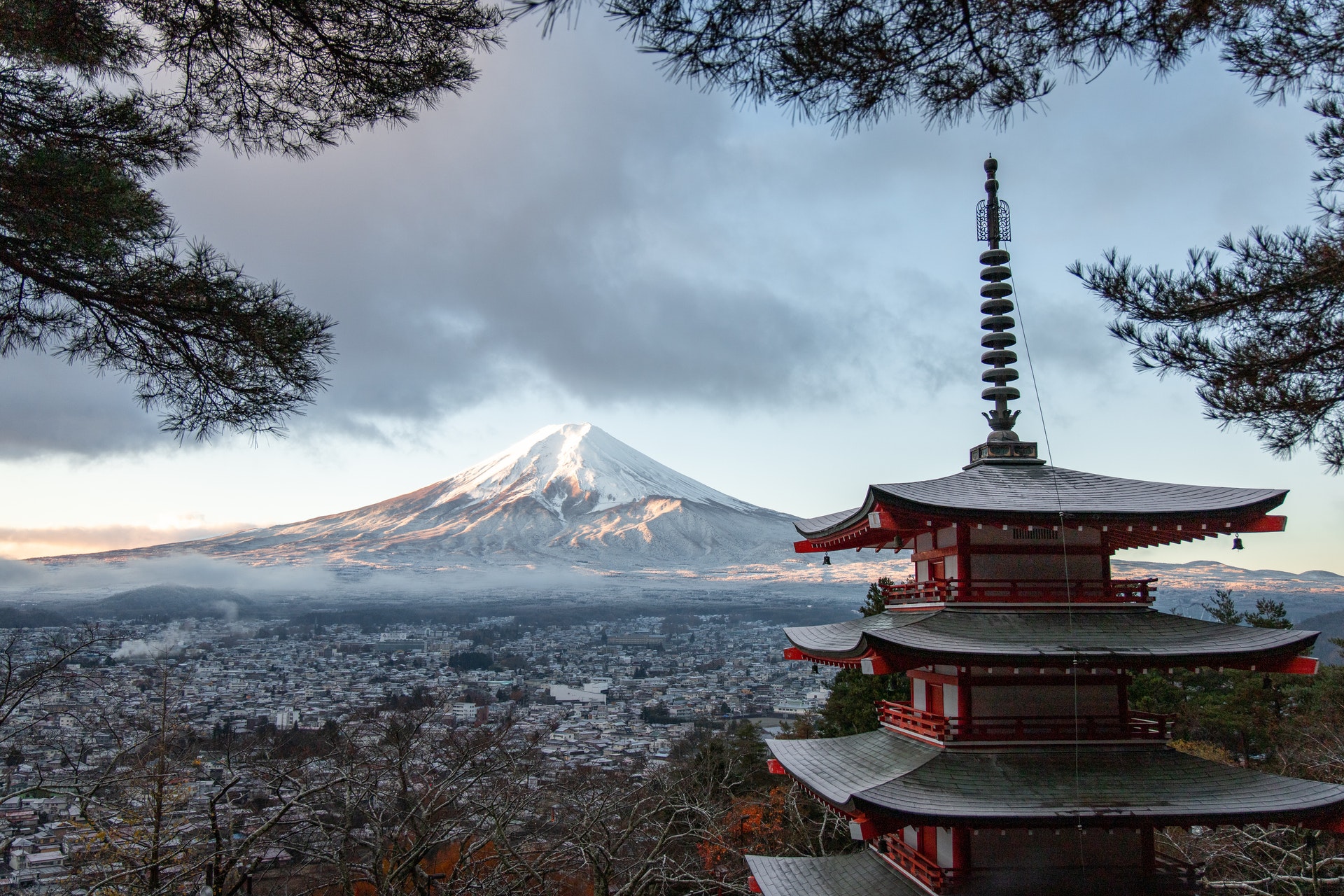
Okinawans also practice Hara Hachi Bu, which is stopping to eat when they are 80% full.
Okinawa has the world’s highest concentration of centenarians and also has the longest living women with an average life expectancy of 89 years.
Nicoya Peninsula, Costa Rica
The Blue Zone of Nicoya is located in the northwest corner of Costa Rica. The diet here consists of beans, corn, squash, yams, and sweet potatoes. There is very little meat consumed and when it is, it’s usually chicken.
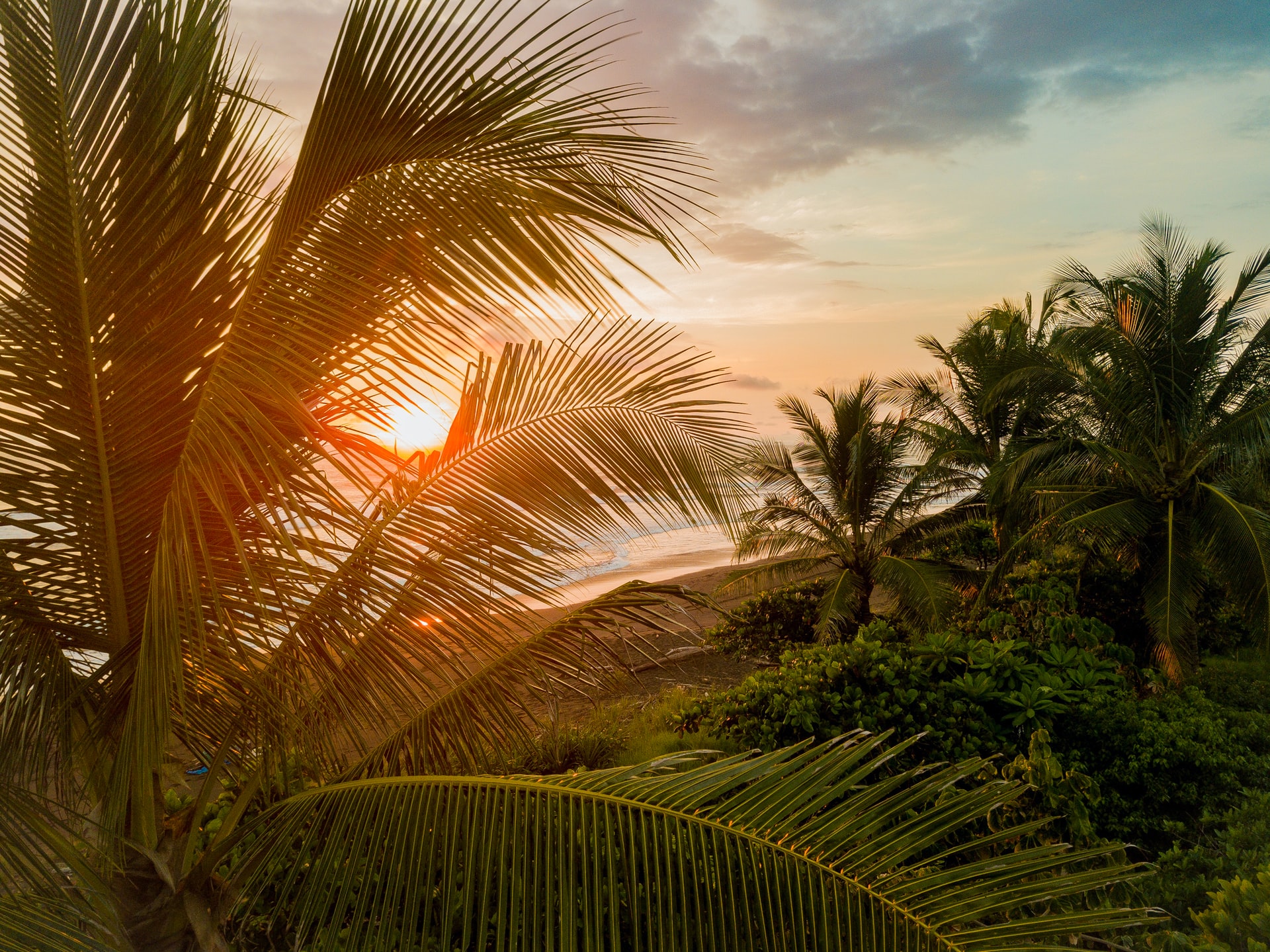
The physical activity level is moderate with people doing gardening and walking regularly.
Plan de Vida means “purpose in life” and is an important tradition for the people of the Nicoya Peninsula. Having a purpose is considered a core part of living longer
Loma Linda, California
The Blue Zone of Loma Linda is located in southern California and is home to a large population of Seventh-day Adventists.
The diet here is mostly plant-based with beans, nuts, and seeds as staples. They also eat fresh fruits and veggies.
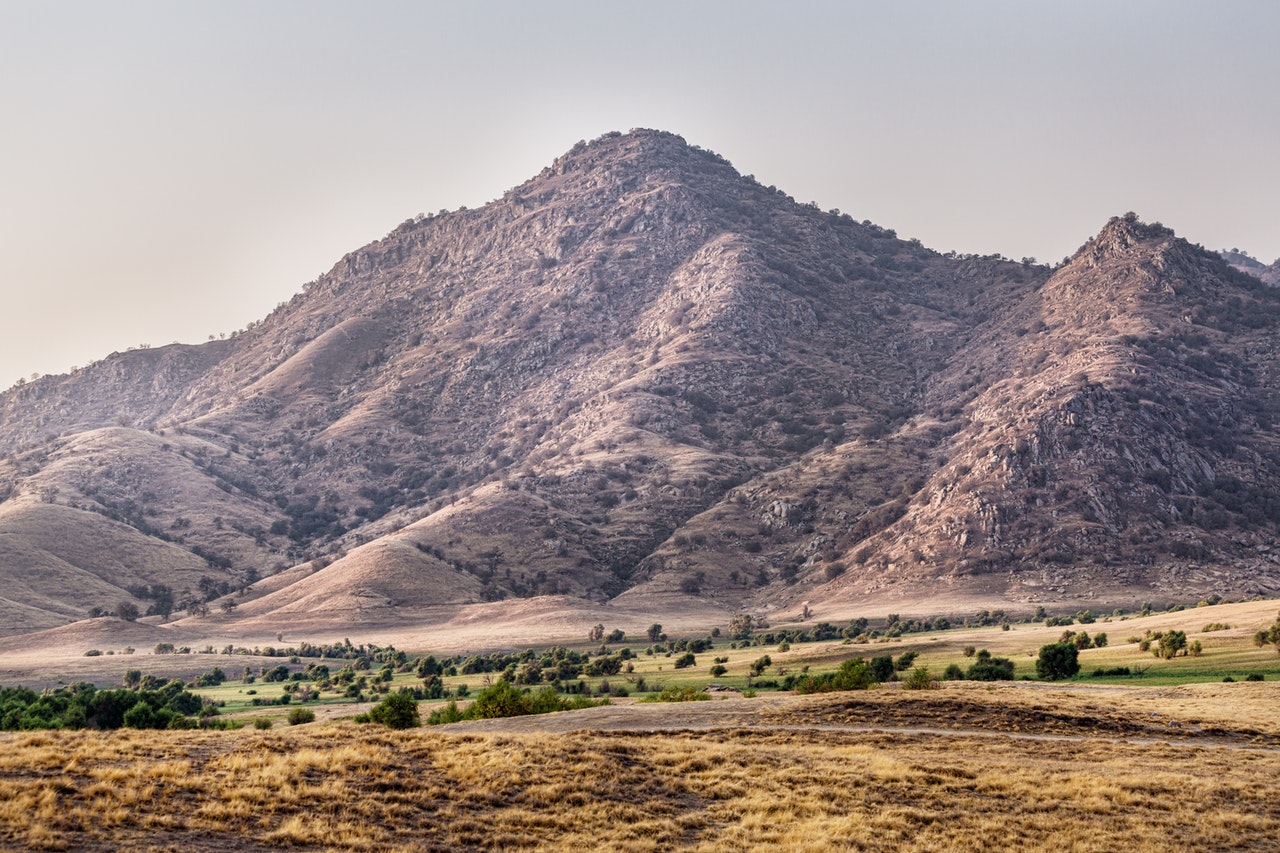
Physical activity is a regular part of their day and they have strong social ties within their community.
Loma Linda Seventh-day Adventists live an average of ten years longer than the general population.
Ikaria, Greece
The Blue Zone of Ikaria is located on the island of Ikaria in Greece. The diets here are mostly plant-based with beans, greens, and herbs as staples.
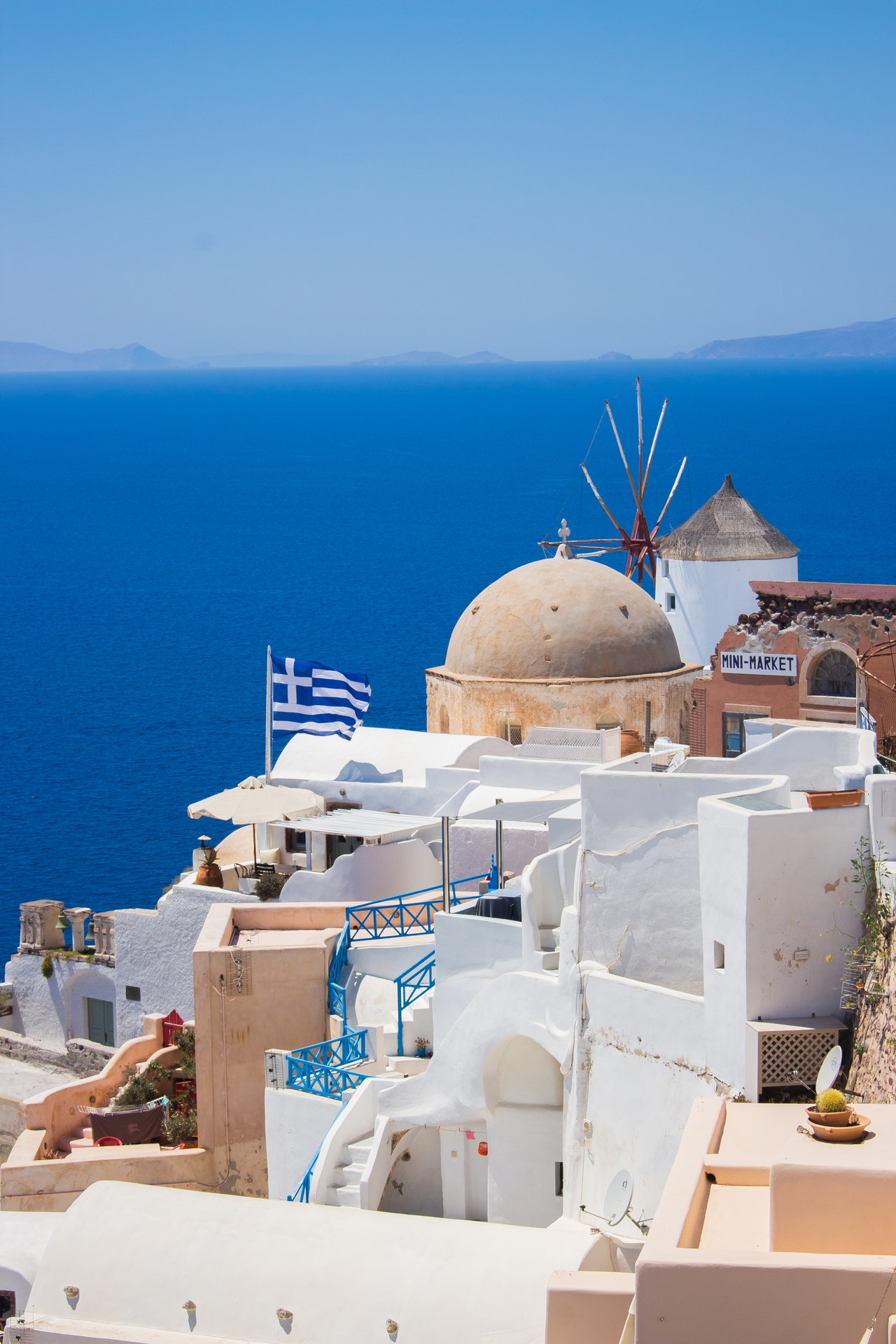
Ikarians share meals with their friends and family as part of their social lives. This is connected to longevity because social ties and support are important for living to the age of 100+.
Ikaria, Greece has one of the lowest rates of middle-age mortality in the world.
What does ‘Blue Zone’ mean?
Some places on Earth call themselves Blue Zones. This term refers to geographical regions with low rates of chronic disease and long lives.
Created as the National Geographic Expedition, led by Dan Buettner to learn more about Longevity, a discovery led to the awareness of five locations around the world where the population has stayed alive for more than 100 years, dubbed the Blue zones.
Dan has distilled evidence-based common denominating factors of the Blue zones into 9 common denominating factors called the ‘Power 9’.
The group has since taken this approach throughout the United States and has worked closely together with local businesses and individuals to improve the environment of the Blue Zone Project Community.
How Much Longer Do People In Blue Zones Live?
On average, Blue Zone residents have a life expectancy about seven years longer than Americans. Blue Zoners also experience fewer chronic diseases like heart disease, cancer, and diabetes.
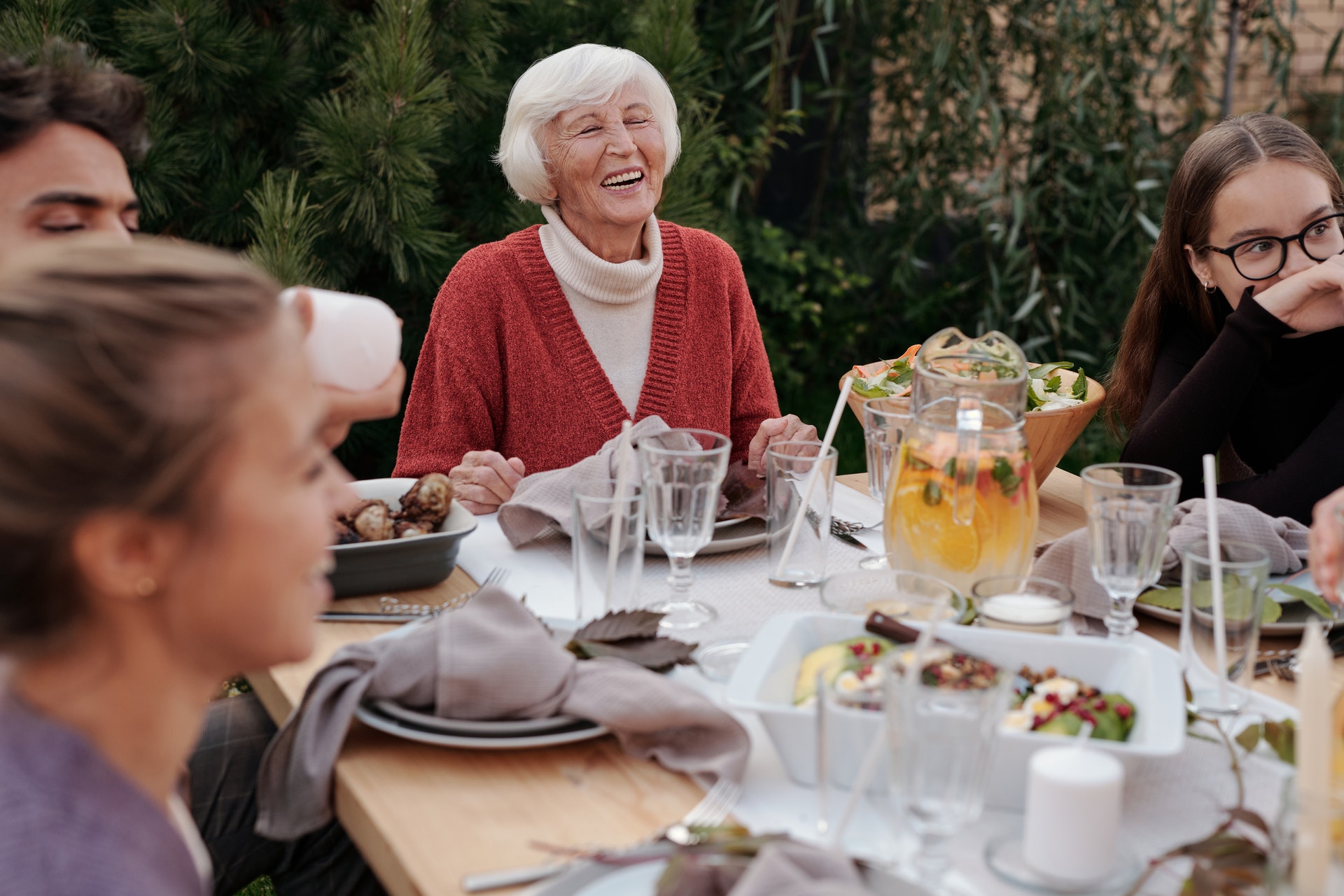
What Is A Blue Zone Lifestyle?
The population of the Blue zone consumes a lot of fruit, vegetables, and whole foods. They make a healthy choice, rather than eating energy bars or processed food, they eat nuts and seeds.
A Blue Zone lifestyle is not a fad; it’s a life long commitment to healthy living, healthy choices, and well being.
What Are The Core Values of Blue Zones?
The Blue Zones have a few core values that include family, faith, and purpose.
Blue Zone people have a strong sense of community and socialize as part of their daily life. They are also active in their faith communities.
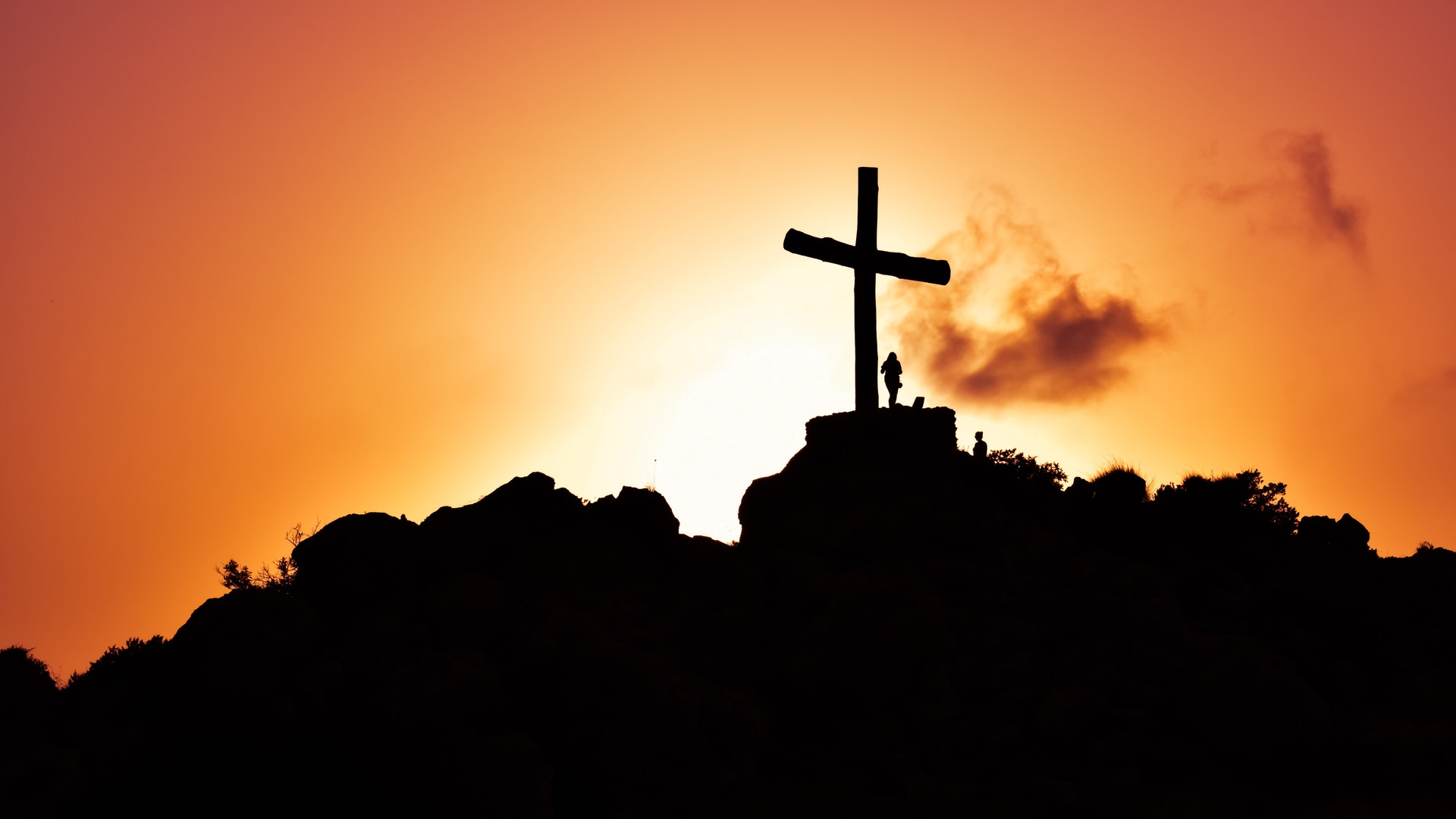
Social circles are important to Blue Zone residents, and they make an effort to stay connected to them.
Lastly, Blue Zone people have a sense of purpose in their lives. This could be taking care of their relatives, working on a hobby, volunteering in their community, or protecting the environment.
Blue Zone residents live with intention and make choices that align with their values and well being. It appears that any religion has the same effect on longevity.
Typical Food Eaten In Blue Zone Project Communities
People consume a mostly plant-based diet with beans, greens, sweet potatoes, yams, and squash as staples.
Blue Zone people eat very little meat, and when they do, it is mostly fish.
They also consume moderate amounts of dairy and red wine. Drinking wine is a good way to get extra polyphenols. Blue Zoners eat slowly and mindfully. They savor their food and enjoy the company of others at mealtime.
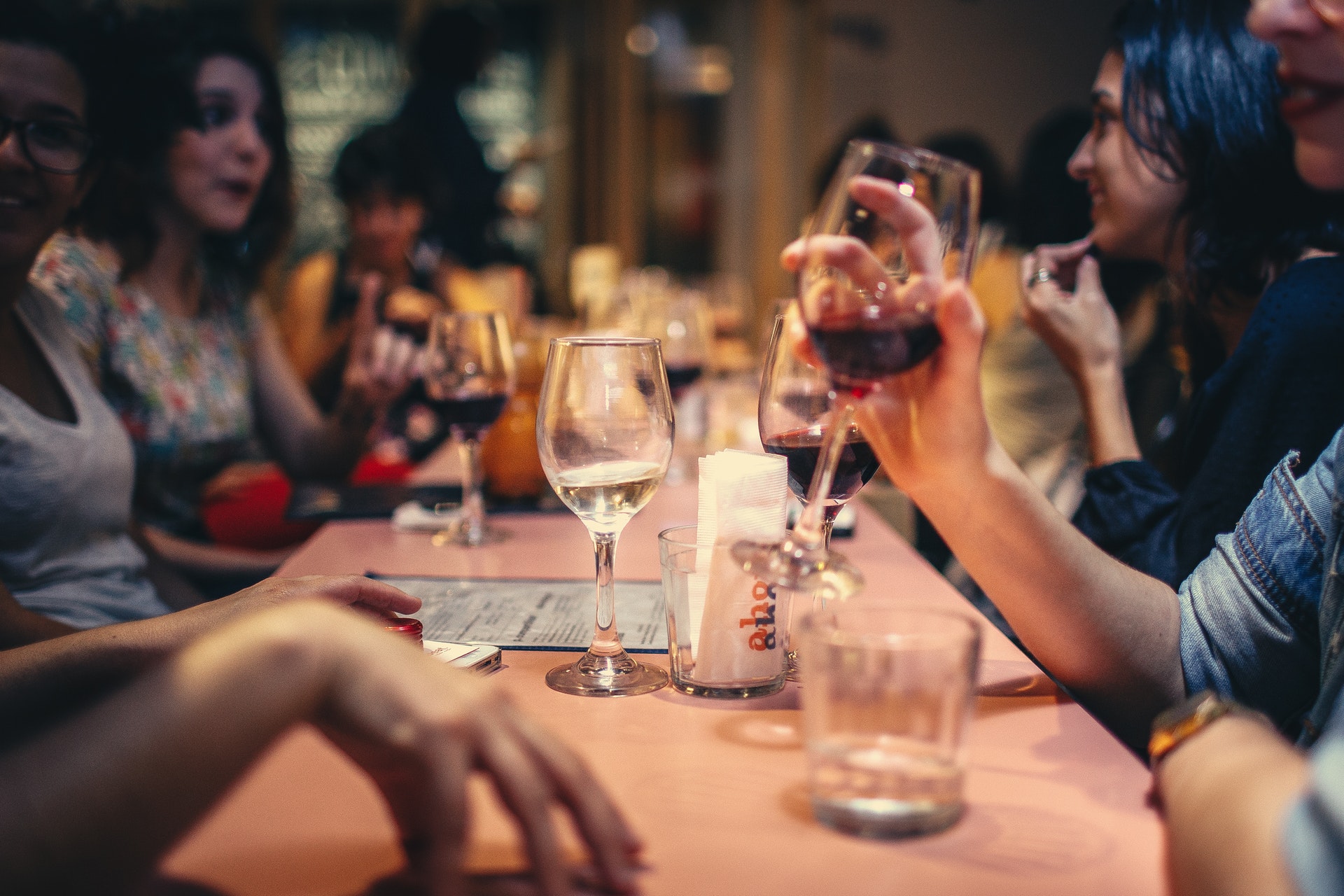
These small changes in the American diet have made big differences in their life expectancy and are a big sign in why they live longer.
Typical Meals in Blue Zones
Blue Zone people typically consume three meals a day.
Breakfast is usually light, such as yogurt or oatmeal. Lunch and dinner are the main meals of the day and often consist of a soup or stew, vegetables, and whole grains.
Blue Zone people eat until they are 80% full. In Japan, this practice is called Hara Hachi Bu and helps prevent overeating.
Blue Zone people also snack on nuts and seeds instead of processed snacks.
Health Benefits of Blue Zones
The health benefits of Blue Zones include a lower risk of chronic diseases, such as heart disease, cancer, and diabetes.
What Are The 9 Blue Zone Secrets To Longevity?
The ‘Power 9’
For someone at 100, it looks like he must have won the genetic lottery however, The Blue Zone study found nine common denominators in centenarians.

Move Naturally: Blue Zoners don’t go to the gym, they live in environments that naturally nudge them into moving without having to think about it.
Purpose: Blue Zoners know why they wake up each day. Longevity research has shown that having a purpose can add up to seven years of extra productive life.
Down Shift: Blue Zoners deal with stress by taking a moment every day to do something they enjoy. This could be rest, praying, gardening, napping, or simply spending time with friends.
80% Rule: Blue Zoners stop eating when their stomachs are 80% full.
Plant Slant: Blue Zoners tend to eat a mostly plant-based diet with small portions of meat. Healthy eating is a priority.
Wine @ Five: Blue Zoners tend to drink one to two glasses of wine per day with friends and/or family.
Belong: Blue Zoners belong to faith-based groups or social organizations that support healthy behaviors. Community is very important.
Loved One’s First: Blue Zoners put their families first and invest in quality time with the people they love.
Right Tribe: Blue Zoners choose and surround themselves with like-minded people who live similar lifestyles.
Are Blue Zones Scientifically Proven?
Blue Zones are not scientifically proven, but the Blue Zones Project is based on research from National Geographic and Dan Buettner. The Blue Zones Project has been successful in improving the health of Blue Zones communities.
What Does The Blue Zones Project Do?
Blue Zone Project ® improves North American communities by providing healthy options in the health sector that can last longer.

Blue Zones Project® is helping communities across North America become areas where healthy decisions are easily available. These communities have seen a decrease in health care costs and an increase in productivity.
Now they operate in 71 communities. Some of the Blue Zone areas in the United States are:
– Albert Lea, Minnesota
– Beach Cities, Cali
– Fort Worth, Texas
– Oregon
– Hawaii County, Hawaii
– Napa Valley, Cali
– Durant, Oklahoma
– Pottawatomie, Oklahoma
Who Funds The Blue Zone Project?
Most projects last 3-5 years and they receive support from multiple sponsoring organizations that provide investment annually into their communities’ health.
The Blue Zone Project ties each community individually and the funding model varies from state to state and community to community.
The Blue Zones Project is an innovative, community-led wellness movement changing the way we live to help us live better, and longer.
By bringing Blue Zones principles to schools, workplaces, restaurants, grocery stores, and neighborhoods, they’re working together to make healthier choices easier for everyone.
Vitality Compass
Dan and his staff have developed the Vitality Compass, which the Wall Street Journal calls one of the best tools for retirement planning and long-term planning.
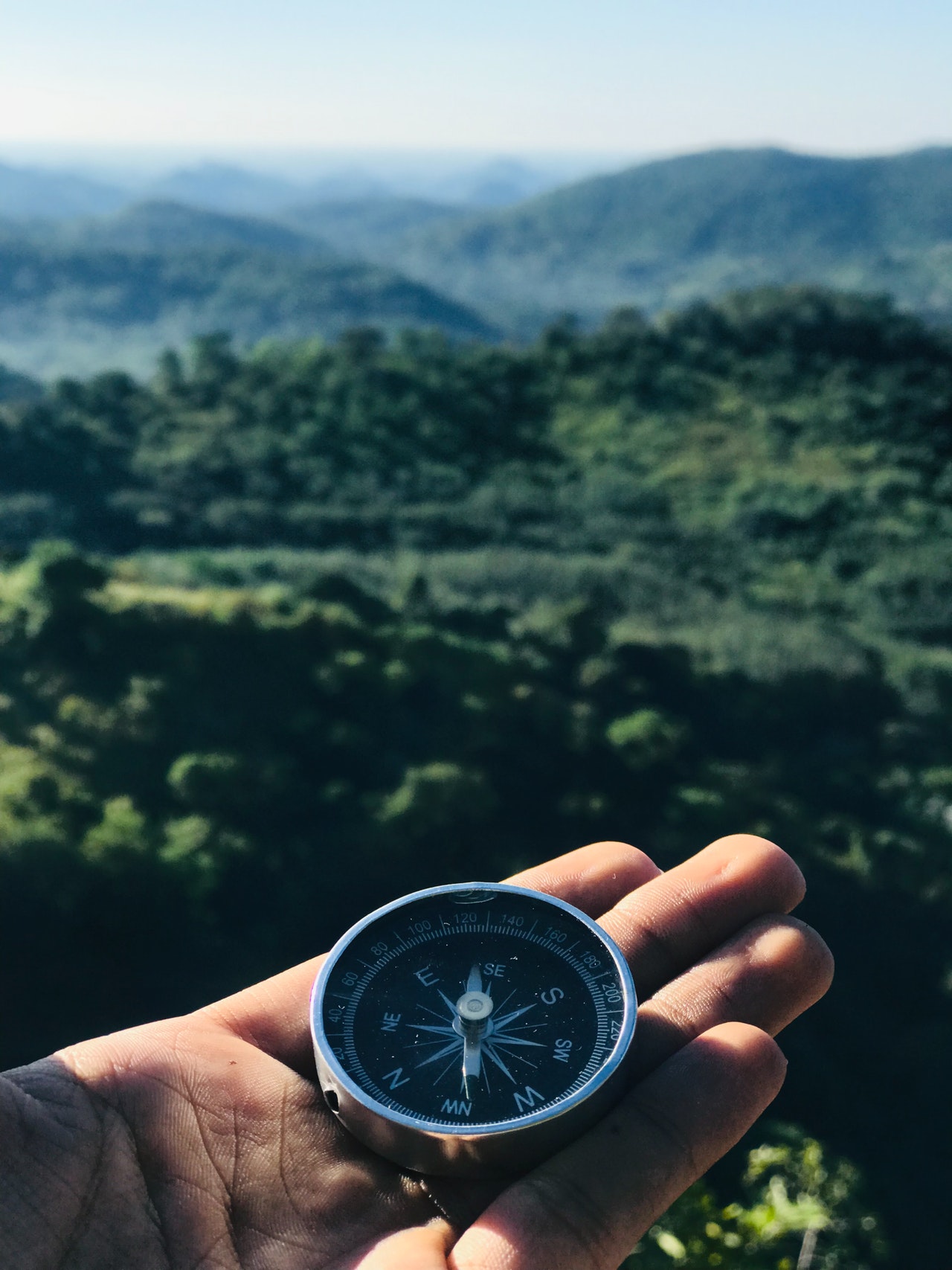
The tool asks users lifestyle and background questions based on Power 9 – teaches about a healthy life outlook, moving well, eating wisely, and being a good member of society. It then calculates their biological age and the total life expectancy and their health.
In addition, they get 12 specific suggestions for living longer that can improve their lives too.
Summary
Blue zones are areas in the world where people live significantly longer than average.
These areas have been identified through scientific research, and the Blue Zone Project is an effort to study and replicate the lifestyle habits of these populations to improve public health.
Blue Zones are typically rural areas with strong social networks and a sense of community.
People in Blue Zones typically eat a mostly plant-based diet, drink moderate amounts of alcohol, and have a strong sense of purpose.
Blue Zoners also tend to be physically active and have close relationships with family and friends.
The Blue Zone Project offers a tool, the Vitality Compass, to help people assess their health and longevity.
The Blue Zone Project is an important effort to improve public health by studying and replicating the lifestyle habits of populations that have been shown to live longer.
Blue Zones offer a great opportunity for people to improve their health and longevity.
Find Your Tribe and Join the Longevity Whale Community.





